
Itinerary
Day 120.01.2025Monday
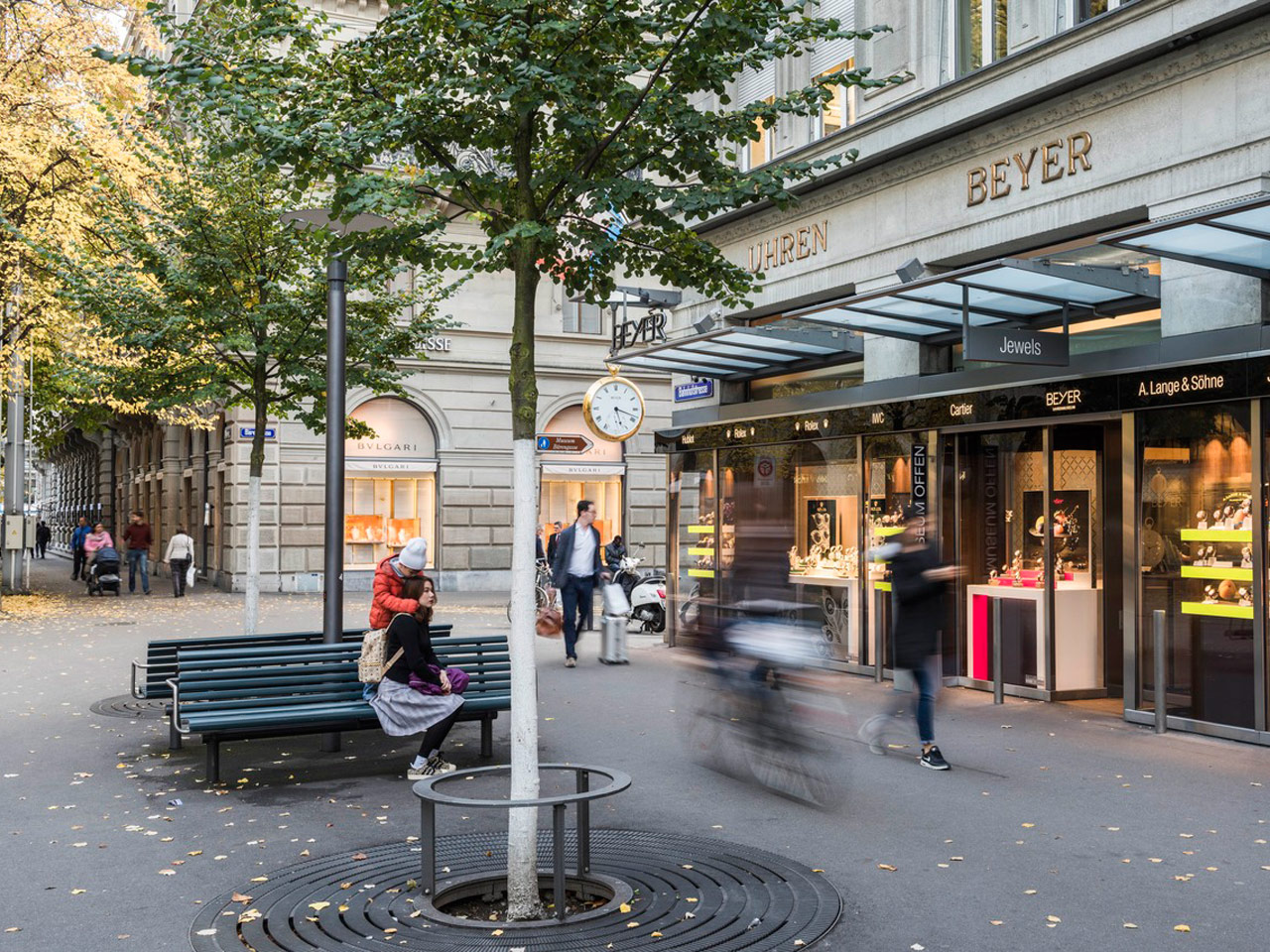
Bahnhofstrasse
Zürich's "Main Street" is the busy pedestrianized Bahnhofstrasse, stretching from the main train station to the Bürkliplatz at the head of the lake. The 1,200-meter street is one of the most attractive shopping streets in Europe, enlivened by fountains, public art, trees, and distinguished buildings. Although many of the shops that line it are filled with furs, fashions, jewelry, and other high-end goods, their smartly decked windows and the buildings themselves make it a popular place for everyone to stroll. The middle section of the street was built in 1867 after the filling in of an old moat, the Fröschengraben; the parts towards the lake and the station were built a few years later.
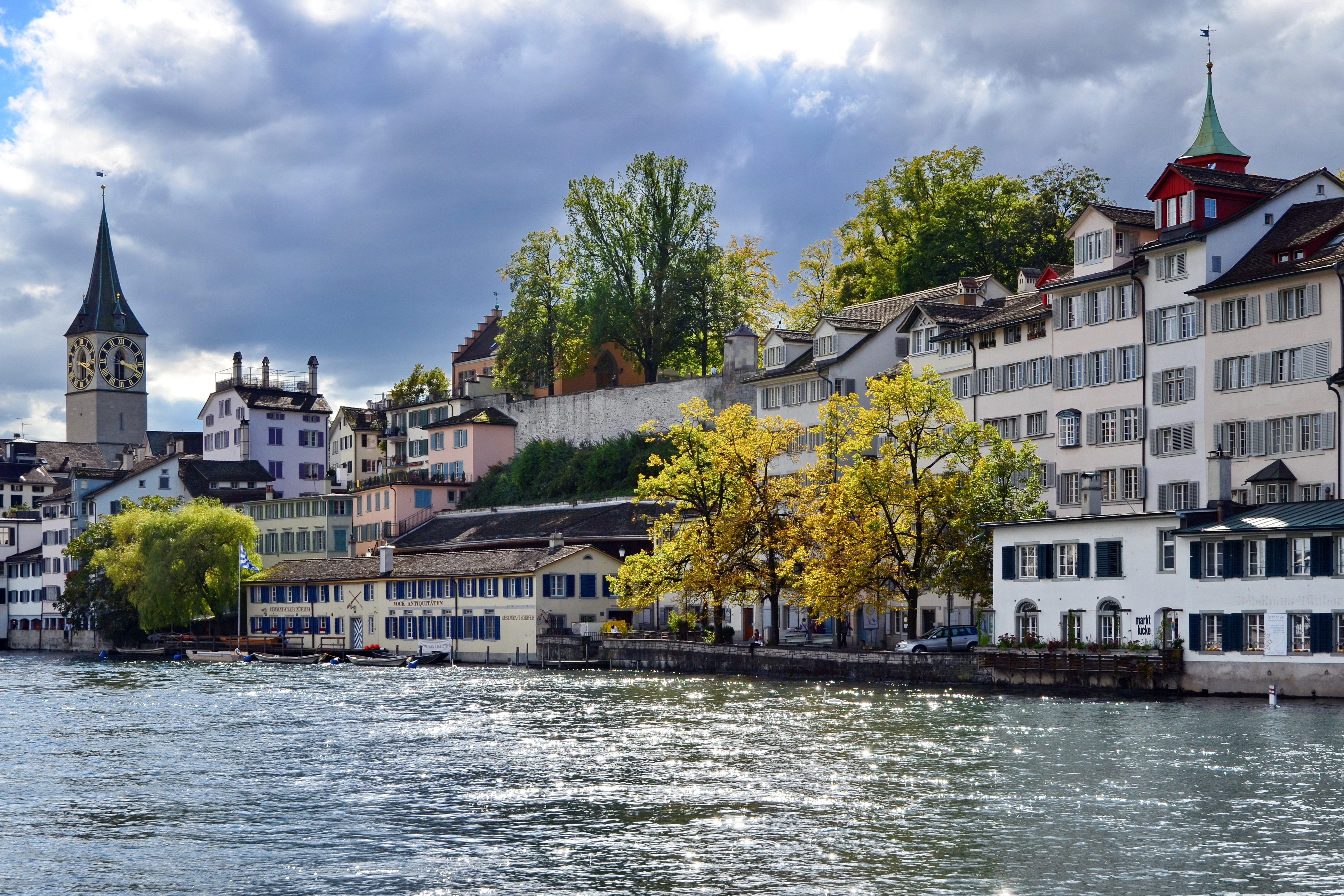
Lindenhof
Between the Bahnhofstrasse and the left bank of the Limmat, the western half of Zürich's old town rises steeply to the quiet tree-shaded Lindenhof. This is where the Romans built their fortified settlement in the fourth century to defend against migrations from the North. Five centuries later, the grandson of Charlemagne built a palace here as a royal residence.
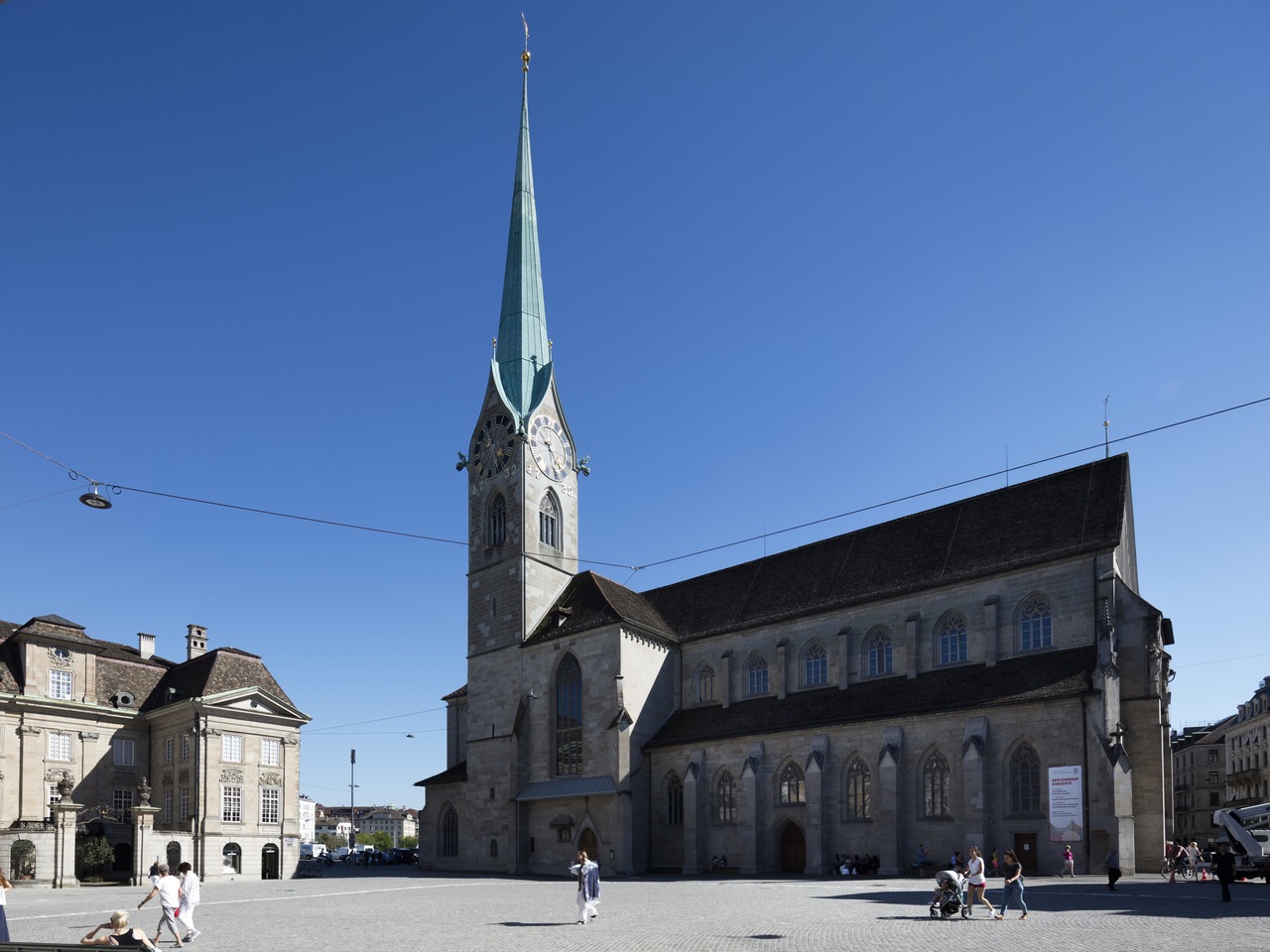
Fraumünster
Often mistranslated to Church of Our Lady, the name of the protestant Fraumünster actually means Women's Church, referring to the founding of an abbey here in 853 for aristocratic women of Europe by the Emperor Ludwig for his daughter, Hildegard. Until the high Middle Ages, the head of the convent was also governor of the city. The church is a three-aisled, pillared basilica with a Gothic nave built from the 13th to the 15th centuries, a Romanesque chancel, and an Early Gothic transept with high vaulting. In the undercroft, you can see remains of the crypt of the 9th-century abbey church.
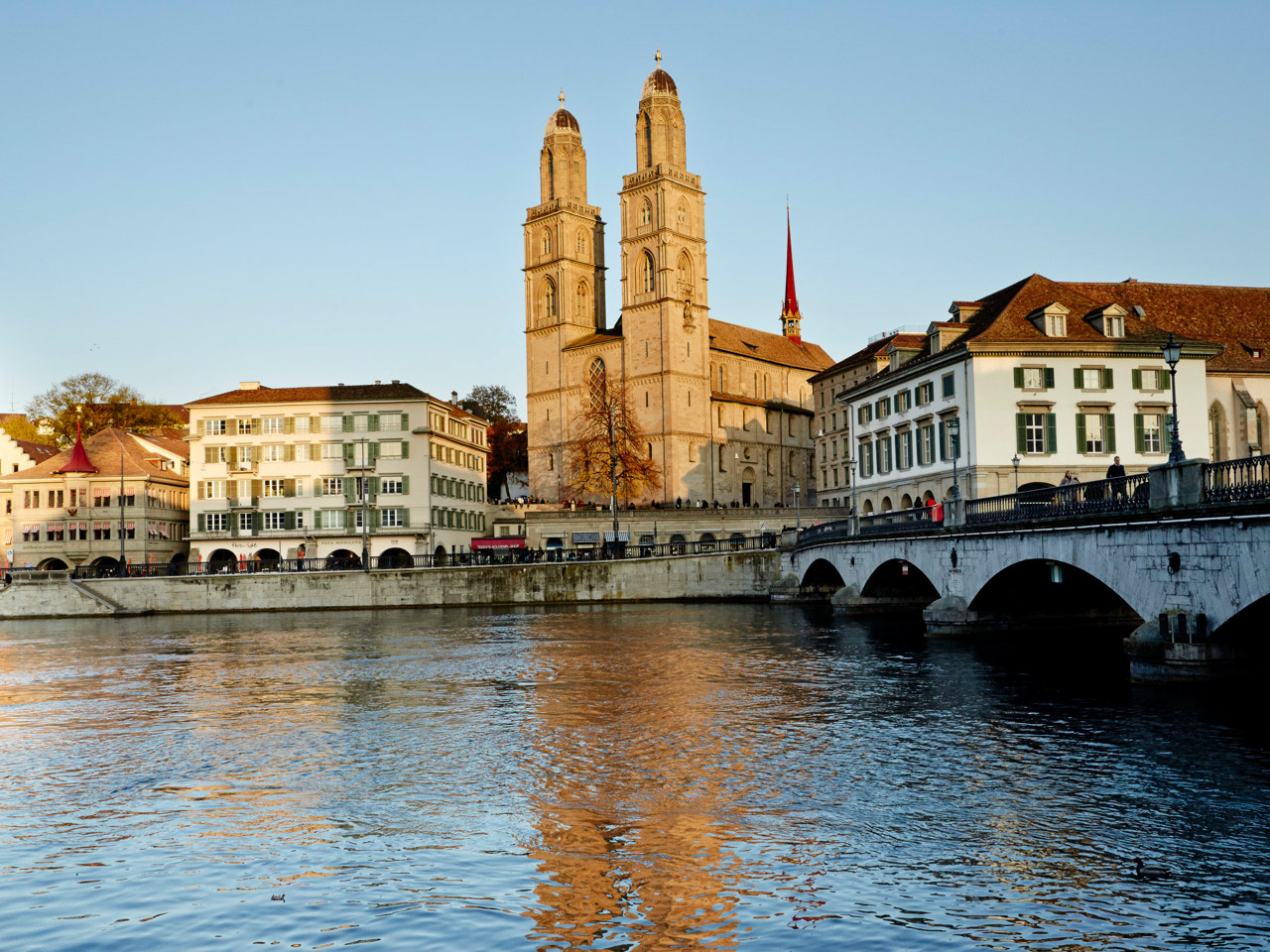
Grossmünster
Standing in an open terrace above the river, Zürich's principal church dominates the city skyline with its twin towers. Built between the 11th and the 13th centuries, it is a Romanesque three-aisled galleried basilica with a chancel over a crypt that dates from about 1100. The upper levels of the towers date from 1487, but the domed tops were added in 1782.
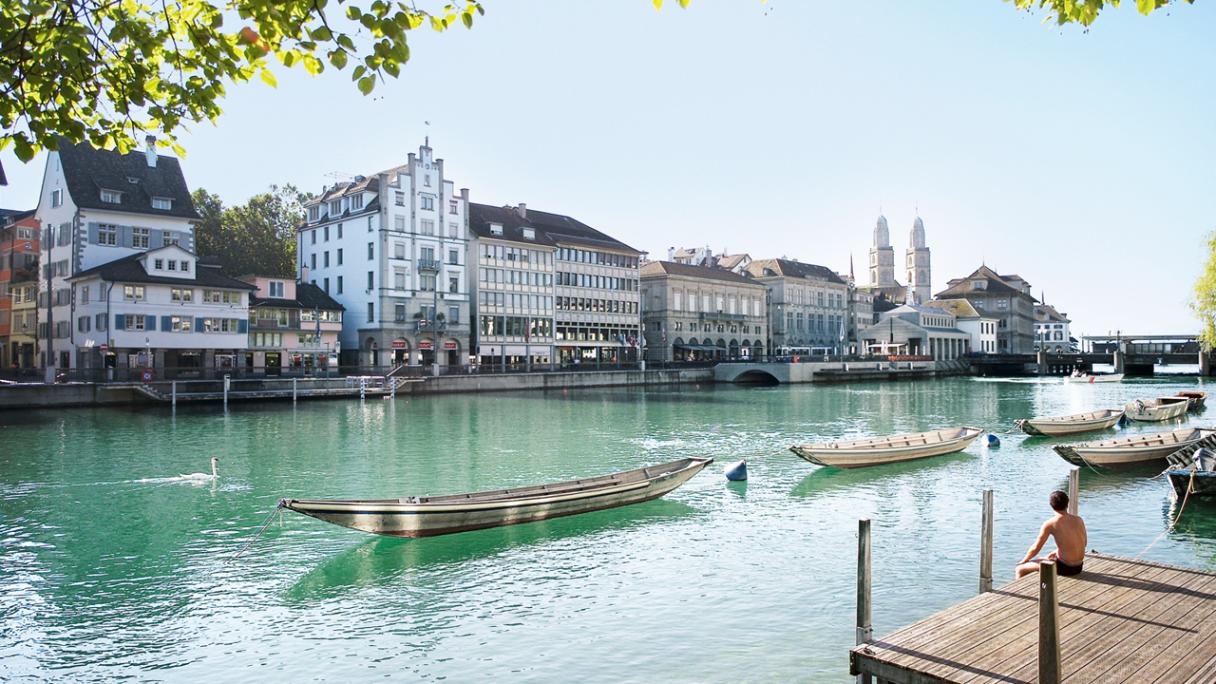
Limmatquai
Along the Limmatquai, a popular riverside shopping street, are a number of elegant old guild-houses with sumptuous interiors reflecting the wealth of the guilds which governed the town until 1789.

Niederdorf
In the midst of this modern financial powerhouse of a city is a neighborhood filled with historic charm, its narrow streets rising steeply on the east side of the river. The Niederdorf area is one of the medieval streets and squares, a lively place to visit, with boutiques, restaurants, and cafés. Heading up Münstergasse, you'll come to the Napfgasse, with the Brunnenturm, which was headquarters of the Lombard money-changers in the 14th and 15th centuries. Haus zum Napt, at number 6, has a fine interior with rooms furnished in Renaissance style. On Spiegelgasse, at number 17, is a house where Lenin lived in 1917. In this street, at Cabaret Voltaire, Hans Arp and Tristan Tzara launched the Dada art movement in 1916. Spiegelgasse runs east into the Neumarkt, where you'll find the Shoemakers' Guild House, now a theater, and the Hans zum Rech, dating from the Middle Ages and showing how decorative styles changed over the centuries.
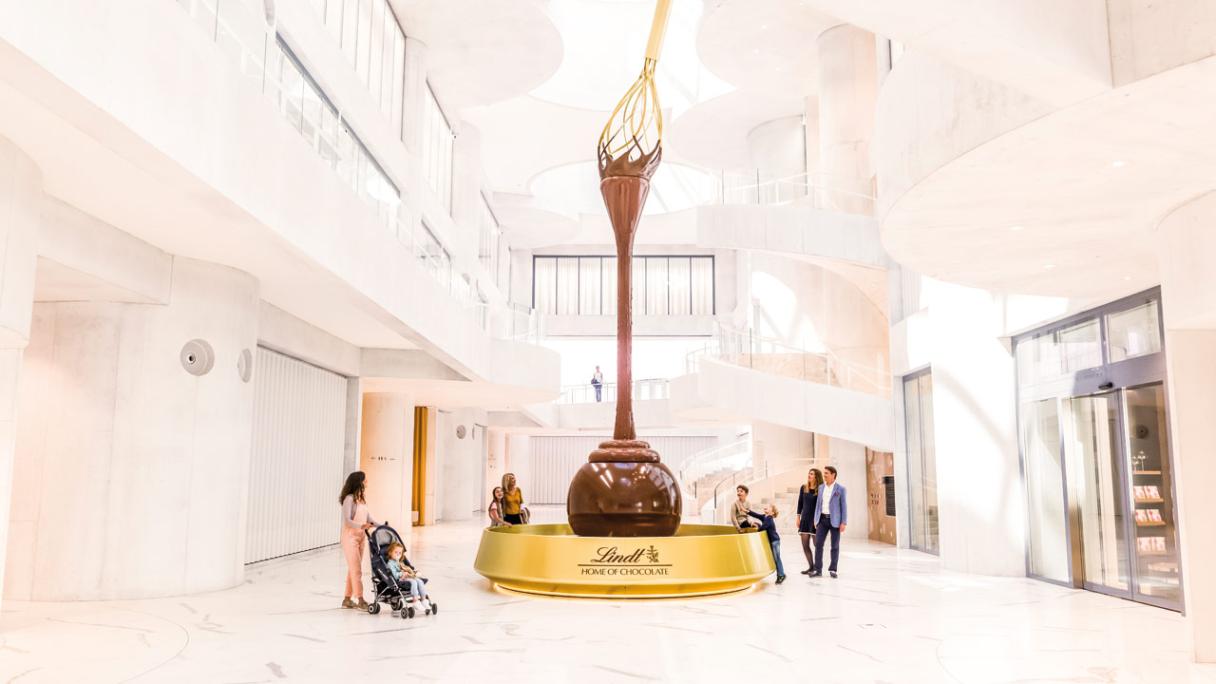
City Tour, Cruise, and Lindt Home of Chocolate Visit
Discover Zürich on a combined city tour and cruise and see why it has been consecutively named the "city with the world's best quality of life." Marvel at imposing churches, guild houses and more.
7 Places
